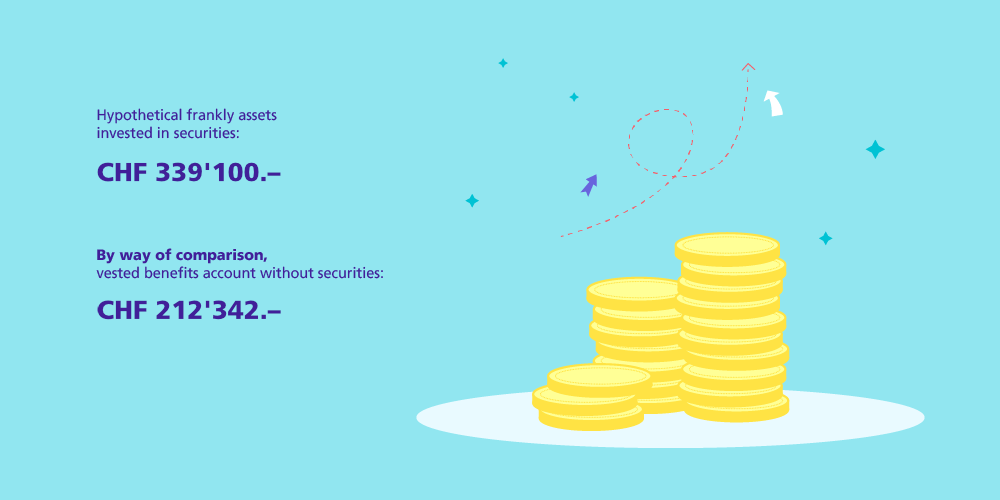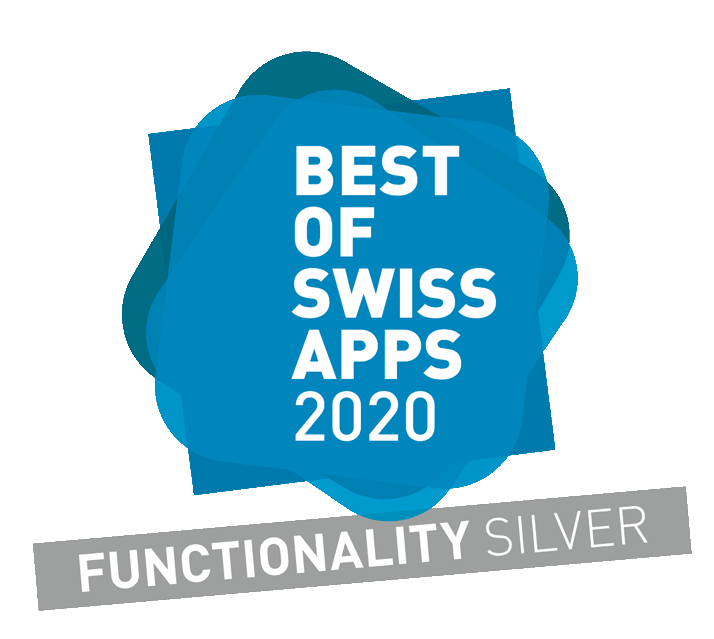If Felix were to just leave his money in a vested benefits account, in 15 years’ time, assuming interest rates remain low at 0.40%, he would have CHF 212,342. If he were to save in securities, however, with a hypothetical return of 3.97% per year (net after costs) this could rise to CHF 339,100.
The savings you can make with securities are worth much more than just a few hundred francs. Felix, for example, is 50 years old and in employment. He makes a one-off payment of CHF 200,000 into his vested benefits account with frankly, and he chooses an investment product with an equity component of 75%.





